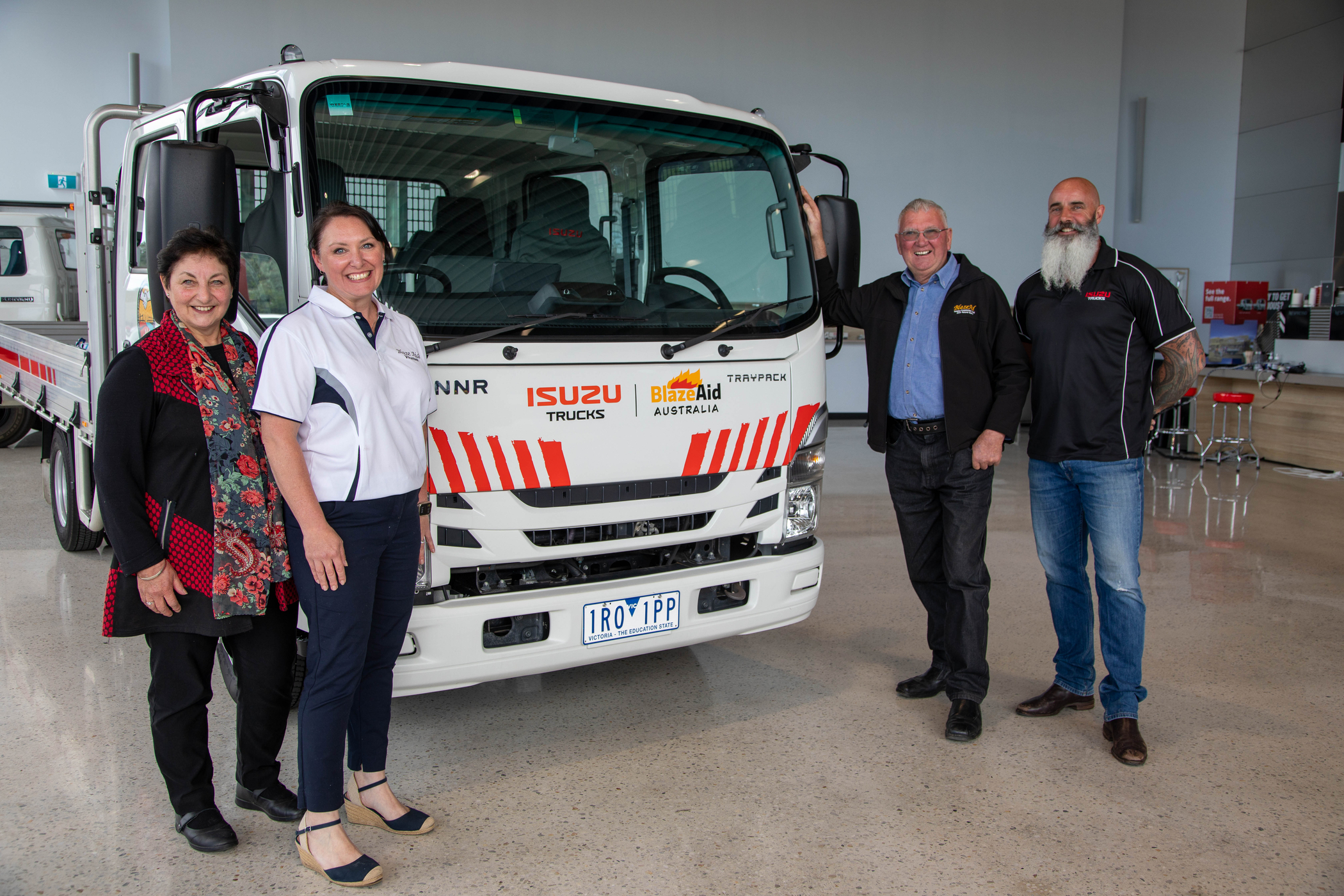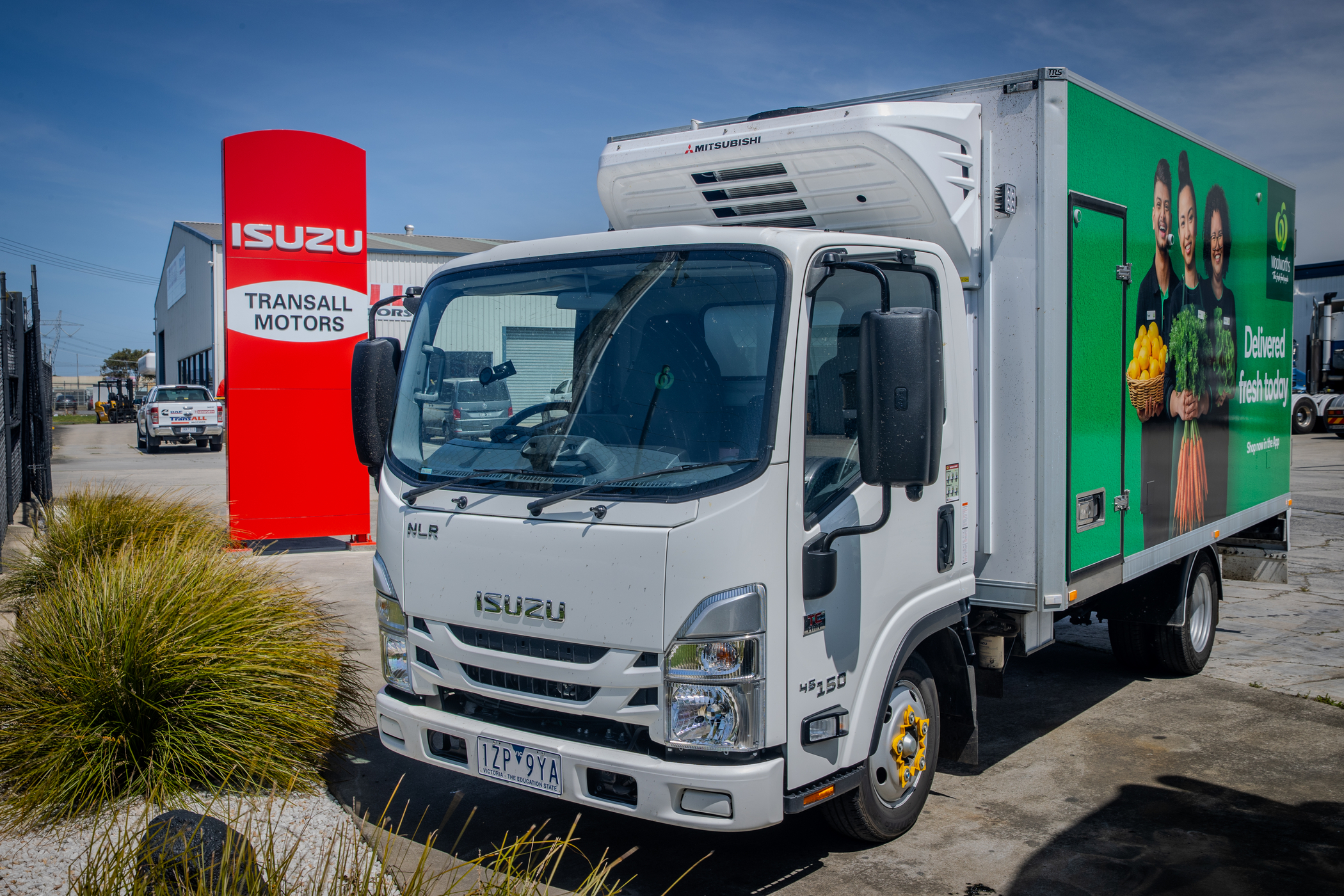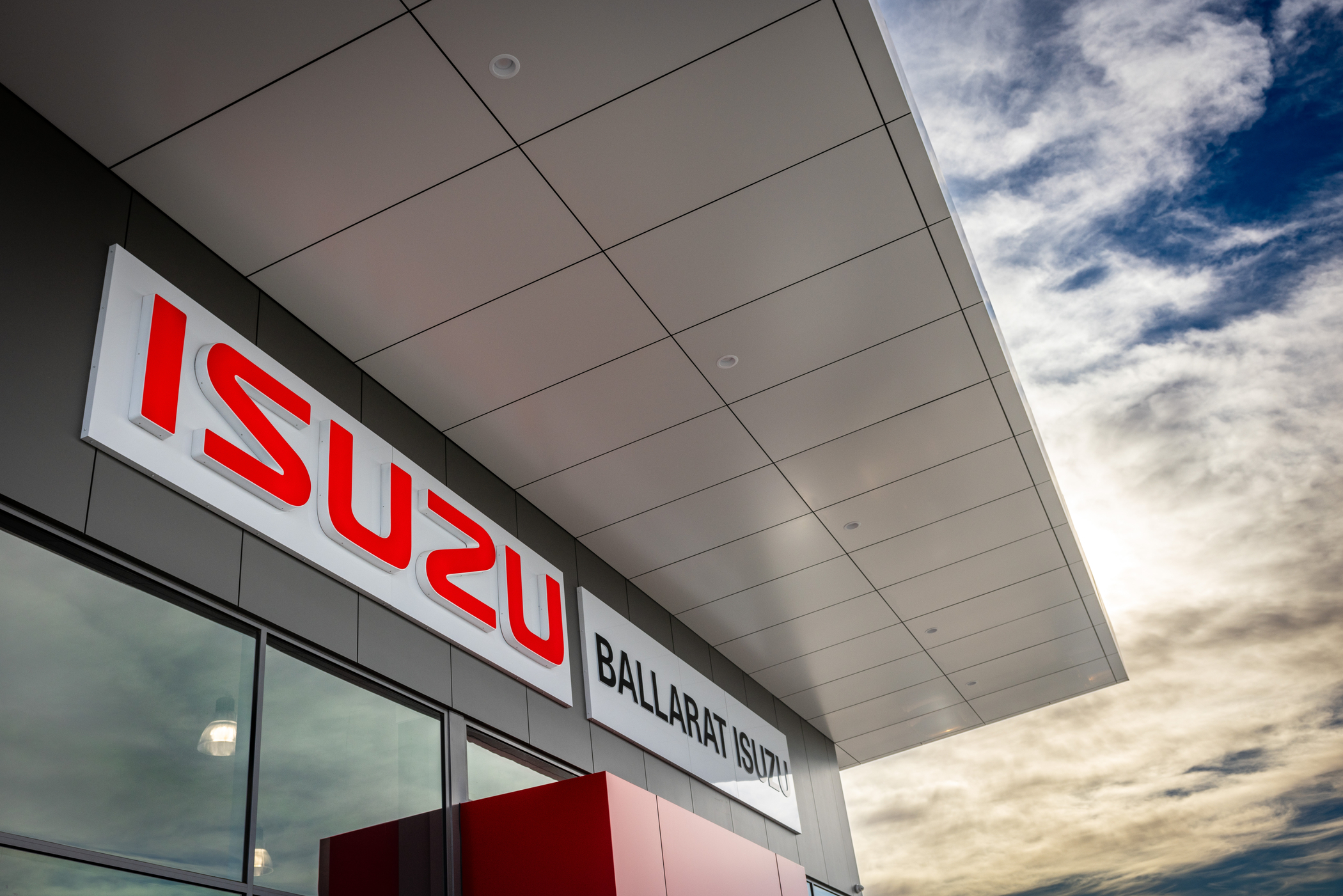Technology and Co-operation Key to Future of Freight Distribution: Isuzu

As freight distribution in Australia continues towards a point of massive inflection, Isuzu’s Director and Chief Executive Officer, Phil Taylor, has renewed calls for industry leaders and government bodies to cooperate to ensure this transitional period is managed as effectively as possible.
“The industry has been hit by a perfect storm of factors – from new ways consumers are purchasing goods, to automation throughout the supply chain, to advancements in vehicle technology,” Mr Taylor said. “It’s requiring industry leaders and legislators to think deeply about how we can safeguard the future of Australian freight distribution.” He also stressed how broad the ramifications of disruptive shifts throughout the supply chain will be. “Any inefficiencies that impact the way we transport freight have a ripple effect, not just across the transport and logistics industry, but for every Australian industry that relies on the transport of products and raw materials,” he said. In turn, inefficiencies force consumers to pay higher prices and ultimately dampen Australia’s economic growth.
“Given the magnitude of this shift, it’s vital that road transport industry stakeholders understand just how vast the changes sweeping our industry are, and then provide a united front of advocacy as legislators examine supply chain priorities throughout the country,” he added.
In turn, inefficiencies force consumers to pay higher prices and ultimately dampen Australia’s economic growth.
“Given the magnitude of this shift, it’s vital that road transport industry stakeholders understand just how vast the changes sweeping our industry are, and then provide a united front of advocacy as legislators examine supply chain priorities throughout the country,” he added.
Industry needs to capitalise on new technology
“Since the start of the new millennium, the volume of freight being distributed throughout Australia has experienced sustained growth,” Mr Taylor said, providing context for the time-sensitive nature of the issue. “Even with the periodic downturn resulting from the Global Financial Crisis, the National Transport Commission has reported the domestic freight task increased by 50 per cent in the 10 years to 2016. This is coupled with the Council of Australian Governments (COAG) Transport and Infrastructure Council’s prediction that and the National Transport Commission has forecast an additional 50 per cent over the next two decades. “Over the last two decades, we’ve also seen supply chains grow more complex and customer expectations around shipping times tighten globally, and these changes have been reflected in the Australian landscape.” Multi-modal freight transport has emerged as an increasingly viable solution to effectively addressing the nation’s freight transport needs as they evolve. And while co-ordinating freight movements between the four major transportation modes – air, sea, rail and road – isn’t a new concept, technological improvements have significantly increased the amount of data being captured at every point of the supply chain. Mr Taylor believes that technology will play a key role in ensuring the future effectiveness of the Australian freight network, but technology alone will not be enough to ensure the most efficient movement of goods throughout the nation.Road plays vital role in transformation
“To their credit, the federal government has demonstrated they understand the nature of the shift our industry is undergoing,” Mr Taylor said. “The COAG Transport and Infrastructure Council’s Inquiry into National Freight and Supply Chain Priorities duly acknowledges the way significantly-efficient logistics practices contribute to the nation’s productivity.” Mr Taylor said that state and federal governments have already commenced work on key projects that will help ensure the Australian transport and logistics sector’s productivity into the near future. “Governments are looking at what Australia will require in 20 years’ time,” he said. “Over the last several years we’ve seen investment in key infrastructure projects that will propel Australian freight distribution to new levels of competitiveness. “The Western Sydney Airport and the Inland Rail project are two multi-billion-dollar projects planned that will service key growth areas and improve Australia’s ability to receive international freight and move goods domestically.” As investment in big-ticket projects that will increase Australia’s freight movement continues, Mr Taylor stressed that the key to maximising the impact of individual pieces of infrastructure was developing strategies to integrate them into existing supply channels.
“In a multi-modal transport landscape, every piece of infrastructure’s effectiveness will be largely determined by the links that connect it to broader supply chains. It’s vital that substantive planning instruments are in place to best improve supply chain efficiencies,” he said.
Mr Taylor also said that – considering data from the national 2016 Census shows Australia has just 3.1 people per square kilometre, making it one of the least densely populated nations on earth – government bodies must recognise the importance of road networks in a multi-modal transport solution.
“In terms of freight distribution, road will remain a lynchpin in Australia. Even as Australian population hubs expand and business-to-consumer commerce drives a significant shift in the logistics space, trucks will remain the most effective way for operators to address the all-important first and last miles of freight transport.”
As investment in big-ticket projects that will increase Australia’s freight movement continues, Mr Taylor stressed that the key to maximising the impact of individual pieces of infrastructure was developing strategies to integrate them into existing supply channels.
“In a multi-modal transport landscape, every piece of infrastructure’s effectiveness will be largely determined by the links that connect it to broader supply chains. It’s vital that substantive planning instruments are in place to best improve supply chain efficiencies,” he said.
Mr Taylor also said that – considering data from the national 2016 Census shows Australia has just 3.1 people per square kilometre, making it one of the least densely populated nations on earth – government bodies must recognise the importance of road networks in a multi-modal transport solution.
“In terms of freight distribution, road will remain a lynchpin in Australia. Even as Australian population hubs expand and business-to-consumer commerce drives a significant shift in the logistics space, trucks will remain the most effective way for operators to address the all-important first and last miles of freight transport.”
Co-ordinated, strategic thinking integral to whole industry
Mr Taylor conceded that the changes affecting the transport and logistics sector were vast, but he said he was heartened by government and legislative bodies’ efforts to understand what the industry’s technological and infrastructure requirements would be in the short to medium-term future. “This is an issue that has caught the attention of people in power. “But there are key initiatives that remain to be implemented. As with any emerging technology, government agencies need to play a regulatory role to facilitate the way companies use and share data collected throughout the supply chain. “Promoting the adoption of global data standards throughout Australian supply chains will help ensure local operators can better function in an increasingly globalised logistics environment.” Mr Taylor said the time for action on supply chain issues was now. “The freight landscape is changing rapidly and disruptive technology threatens to increase that rate of change,” he said. “These circumstances make it imperative for governments to take concrete steps towards delivering the freight corridors of tomorrow around solutions that can be adaptable.” Mr Taylor said the industry’s technological and infrastructure requirements in the short to medium-term needed to be considered by all levels of government. “Government agencies need to play a regulatory role to facilitate how companies use and share data collected throughout the supply chain,” he said. “Promoting the adoption of global data standards throughout Australian supply chains will help ensure local operators can better function in an increasingly globalised logistics environment.” Mr Taylor also called on fellow members of the road transport industry to advocate for the ways trucks can effectively contribute to freight distribution in Australia – today, tomorrow and into the future. “Getting trucks out on the road, hauling the goods and products that our nation needs, will always remain integral to the Australian logistics sector,” he said. “That’s why road transport industry stakeholders should be leaders in the discussion with other key figures from other transport modes about the most effective ways to share both knowledge and data, and co-ordinate operations. “Ultimately, the more conversations we can facilitate, the better chance we have of ensuring Australia’s evolving freight transport needs are met.”


Save $1,000 off a 3-Year Service Agreement*
Simply purchase any of our industry-leading trucks. Terms and conditions apply.
Learn more



